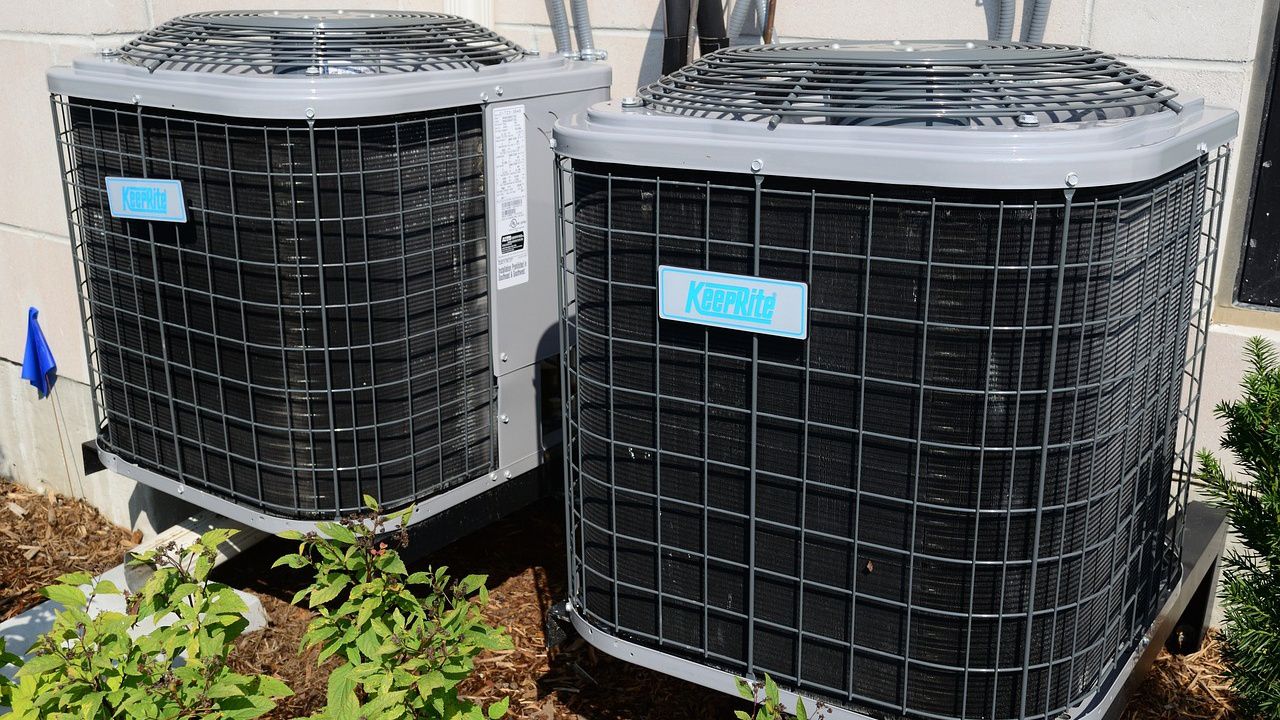It's high summer in Texas. The sun is out; the pool is open and the temperatures are the hottest they have been all year. Storms are absent from the forecast, and skies are clear and blue. Still, you may feel as though a dark cloud is looming overhead.
If this sounds familiar, you're not alone. Summertime sadness may indicate Seasonal Affective Disorder, also referred to as SAD.
Texans associate summer with longer days, warm nights and plenty of time by the pool or out on the water. For many, it's a time of year to look forward to.
However, the summer months can also bring about difficult emotions for some and may lead to symptoms of depression. We'll discuss what to look for and why some people experience summer sadness.
If symptoms last and are specific to summer, this may indicate Seasonal Affective Disorder.
According to a statistic published by Johns Hopkins Medicine, almost 10% of American adults experience some form of depression each year. Of those affected, some may find that depressive symptoms are more prominent during a specific time of the year.
Enter Seasonal Affective Disorder, or what is often referred to as "SAD." It is also referred to as seasonal depression. The Mayo Clinic includes a key component in their online definition of SAD. Their website reads, "... seasonal affective disorder (SAD) begins and ends at about the same time each year."
Most SAD cases happen in winter. Shorter days, drearier weather and more time spent inside are all contributing factors that tend to either trigger or exacerbate depressive feelings during this time of year. Symptoms of winter-centric SAD may first present themselves in late fall and worsen after the holidays. Common symptoms of SAD, according to the Mayo Clinic, are listed below.
- Excessive sleep
- Heightened cravings
- Emotional eating, weight gain
- Lethargy
Summer-centric SAD not only differs in season, but in symptoms as well. Those who experience SAD during the summer months often have one or multiple of the symptoms below.
- Insomnia/poor sleep
- Loss of appetite, weight loss
- Anxiety
- Irritability
Symptoms of SAD should be closely monitored, regardless of the time of year. If depression becomes worse or persists beyond a few months, seek help from a mental health professional.
Discussion around SAD focuses on its impact during the winter months. This is intuitive, given the trademarks of winter, including longer nights, colder weather and less opportunity for outdoor activities.
For many people, the stark difference that summer weather provides is enough to provide relief from winter blues. But for some, the opposite is true.
An article by Forbes Health explains that increased exposure to sunlight, heat and humidity during the onset of summer can feel abrasive for some people. Light, in particular, can be a problem with people who suffer from SAD during the summer.
With longer days comes prolonged light exposure, which can affect one's circadian rhythm. Inconsistent sleep patterns and lack of sleep can cause symptoms of depression and anxiety.
But light doesn't just affect sleep. In an article published by the Washington Post, psychiatrist and SAD expert Norman Rosenthal suggests that too much light can cause mania - a term used to describe a notable increase in energy that only lasts for around a week. An individual experiencing mania or having a manic episode may have positive emotions, but may also be more irritable.
Not all people who experience summer SAD will experience mania, but the potential link between light exposure and mental agitation is noteworthy.
With the summer months in particular, concern is growing amongst some experts. A 2018 article by the Dallas Morning News detailed findings that suicide rates spike during summer. The aforementioned article from the Washington Post cites a similar statistic across the United States and Mexico.
There are a few reasons this may be the case, but those who study climate have found an especially interesting correlation. Compared to years with more normal temperatures, summers where hotter than normal temperatures were observed had much higher suicide rates.
This theme was consistent across a vast pool of people in different states and socio-economic classes.
In addition, a survey by Science Direct found a positive relationship between rising temperatures and falling morale. More specifically, a rise in fatigue and mental discomfort was reported as temperatures rose above 70 degrees.
This concerning trend will make proper education around mental health resources more important as the climate conversation becomes more dynamic in the years to come.
Meteorologically speaking, high pressure is often the focal point of a hot and dry forecast. An area of high pressure aloft blocks storm systems and keeps weather at the surface dry and hot. However, this is not the only "pressure" that comes into play during this time of year.
Experts cite social and societal pressures as another reason that people may contract SAD during summer. Many people find their social calendar is more full during the summer than any other time of year, perhaps excluding the holidays. And for parents, having kids home from school only adds on to the list of obligations.
SAD is unique because it is seasonal. Most of the affected population only experiences symptoms for a few months and then will see improvement as the seasons change. However, those few months can be extremely difficult.
Below are some recommendations from mental health experts on how you can combat summer SAD.
- Establish a routine and stick to it!
- Get enough sleep every night. Going to bed and waking up at the same time will also help.
- Eat a balanced diet
- Exercise regularly
- Avoid lengthy exposure to heat and sunlight
- Cool off with cold baths or showers
If symptoms become unbearable or affect your day-to-day activities, it is recommended that you seek professional help. A therapist or psychiatrist can help to determine whether what you are experiencing is seasonal affective disorder or another form of mental illness.
Psychiatric medications can also be helpful for those combatting SAD.
Our team of meteorologists dives deep into the science of weather and breaks down timely weather data and information. To view more weather and climate stories, check out our weather blogs section.










